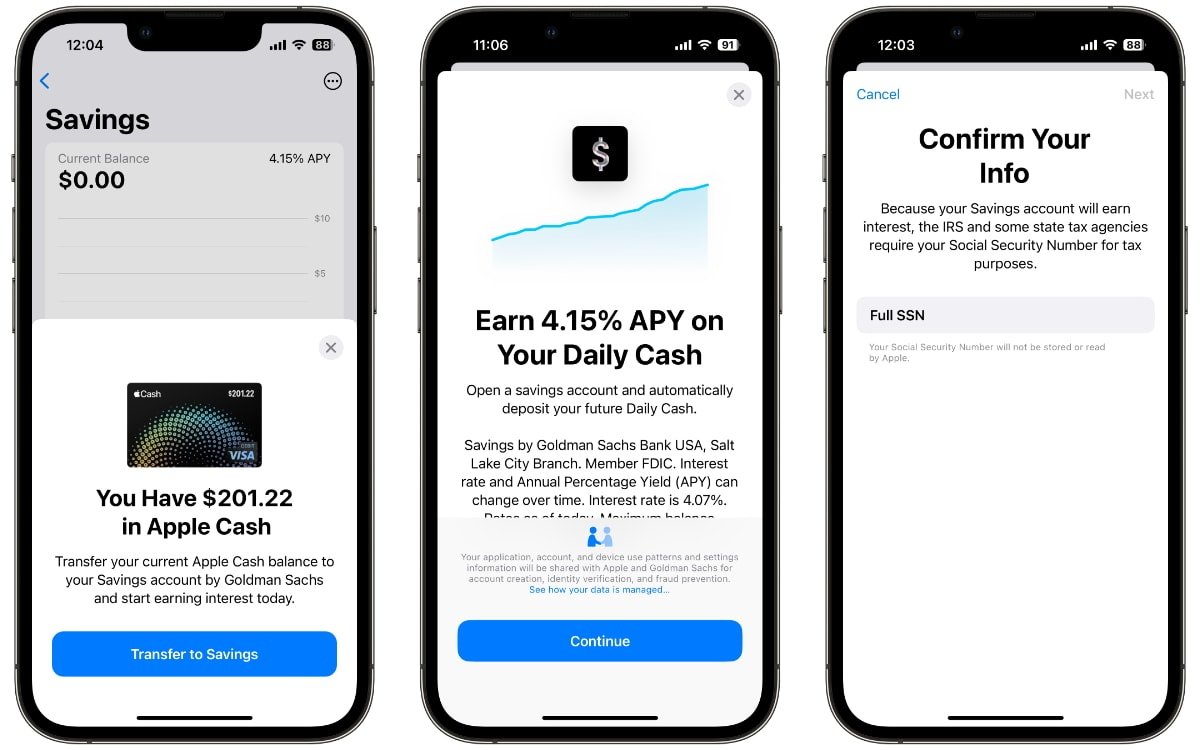Home>Finance>Bioequivalence: Definition, Testing, FDA Approval Standards


Finance
Bioequivalence: Definition, Testing, FDA Approval Standards
Published: October 16, 2023
Learn about the definition of bioequivalence, the testing process, and FDA approval standards in the field of finance.
(Many of the links in this article redirect to a specific reviewed product. Your purchase of these products through affiliate links helps to generate commission for LiveWell, at no extra cost. Learn more)
Unlock the Secrets to Bioequivalence: Definition, Testing, and FDA Approval Standards
Are you curious about the world of bioequivalence? Perhaps you’ve heard the term before but aren’t quite sure what it entails or why it matters. In this blog post, we’ll take a deep dive into the concept of bioequivalence, discussing its definition, testing methods, and the FDA approval standards that govern this crucial area of pharmaceutical development. By the end of this article, you’ll have a clear understanding of bioequivalence and its importance in ensuring the safety and effectiveness of generic drugs.
Key Takeaways:
- Bioequivalence is the demonstration that a generic drug is interchangeable with its brand-name counterpart in terms of safety, efficacy, and quality.
- Testing methods such as pharmacokinetic studies and statistical analysis are used to determine bioequivalence.
The Definition of Bioequivalence
When a generic drug is developed, it must meet certain criteria to be considered bioequivalent to its brand-name counterpart. Bioequivalence refers to the demonstration that a generic drug is interchangeable with the brand-name drug in terms of safety, efficacy, and quality. In simpler terms, it means that the generic version of the drug will produce the same therapeutic effects in patients as the brand-name drug.
Testing Methods for Bioequivalence
To establish bioequivalence, rigorous testing methods are employed. One common approach is pharmacokinetic studies, which involve comparing the absorption, distribution, metabolism, and excretion of the generic drug with that of the brand-name drug. Through blood samples and other measurements, researchers can evaluate how the generic drug behaves in the body and ensure it mirrors the pharmacokinetic profile of the brand-name drug.
Statistical analysis plays a pivotal role in bioequivalence testing as well. Researchers examine specific pharmacokinetic parameters and use statistical calculations to determine whether the generic drug falls within an acceptable range compared to the brand-name drug. Common statistical measures include area under the curve (AUC), maximum concentration (Cmax), and time to maximum concentration (Tmax).
FDA Approval Standards for Bioequivalence
The FDA plays a vital role in safeguarding public health by establishing strict approval standards for generic drugs. When it comes to bioequivalence, the FDA insists on robust evidence before granting approval. Generic drug manufacturers must submit an Abbreviated New Drug Application (ANDA) that includes detailed documentation of the comparative bioavailability studies conducted to establish the drug’s bioequivalence.
To gain FDA approval, the generic drug must demonstrate that it falls within the predefined limits of bioequivalence set by the FDA. These standards ensure that the generic version of the drug is as safe and effective as the brand-name drug.
In Conclusion
Bioequivalence is a critical aspect of pharmaceutical development, ensuring that generic drugs are interchangeable with their brand-name counterparts. Through rigorous testing methods and adherence to FDA approval standards, bioequivalence guarantees the safety, efficacy, and quality of generic drugs available on the market. Now that you have a solid understanding of bioequivalence, you can make informed decisions about your medication choices and trust in the regulatory framework that protects your well-being.














